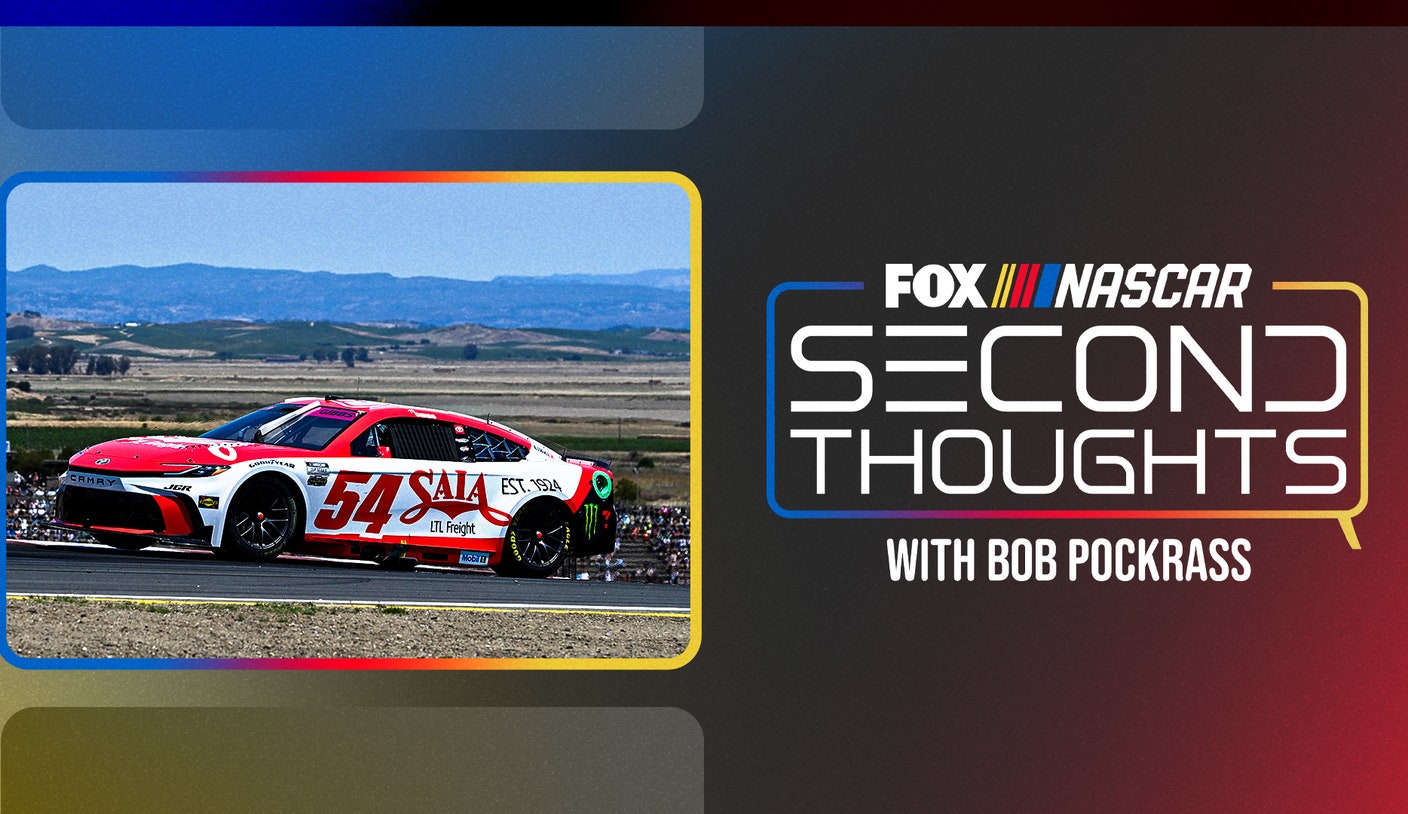At the Sonoma race, an incident occurred involving Ty Gibbs and Brad Keselowski’s crew on pit road, likened to a brushback pitch when Gibbs struck a tire held by Keselowski’s crew as he approached his pit stop. Drivers can legally cross three empty pit boxes en route to their own, and in this case, Gibbs passed through Keselowski’s empty pit box. Telvin McClurkin, a tire carrier from Keselowski’s team, was holding two tires, classifying him as a dual-purpose crew member, who are required by rules to stay near the pit wall until the car is assigned to a single pit box. However, “near” is undefined, leaving enforcement to NASCAR’s discretion, making McClurkin’s position compliant though not definitively distanced.
NASCAR’s rules state that interference penalties can be issued if crew, equipment, or tires obstruct another team’s pit stop. The question remains whether McClurkin interfered with Gibbs or vice versa, particularly since Keselowski was expected imminently. Both individuals were nearly entitled to their positions, and no penalties were issued by NASCAR. Such situations are common as crew members sometimes try to disrupt other teams’ stops, and drivers may feel the crews are attempting to crowd their path. Both drivers and crews bear responsibilities to avoid collisions during these intense moments, with crews being instructed to move quickly when their driver’s stop is finished.
Three-time Cup champion Joey Logano acknowledged the competitive “gamesmanship” in pit stops but emphasized the importance of safety for crew members, whose livelihoods depend on their work. The article suggests drawing clearer lines around pit boxes to prevent interference, but acknowledges practical enforcement challenges, such as camera coverage and equipment boundaries. Ultimately, NASCAR likely relies on teams to self-regulate, though incidents prompting injury may force stricter action.
Fan Take: This situation highlights the intense, high-stakes nature of NASCAR pit stops, where split-second decisions and precise positioning can dramatically impact race outcomes while ensuring safety remains paramount. For fans, it underlines the critical balance between competitive edge and crew welfare, a dynamic that shapes the excitement and evolution of the sport.



